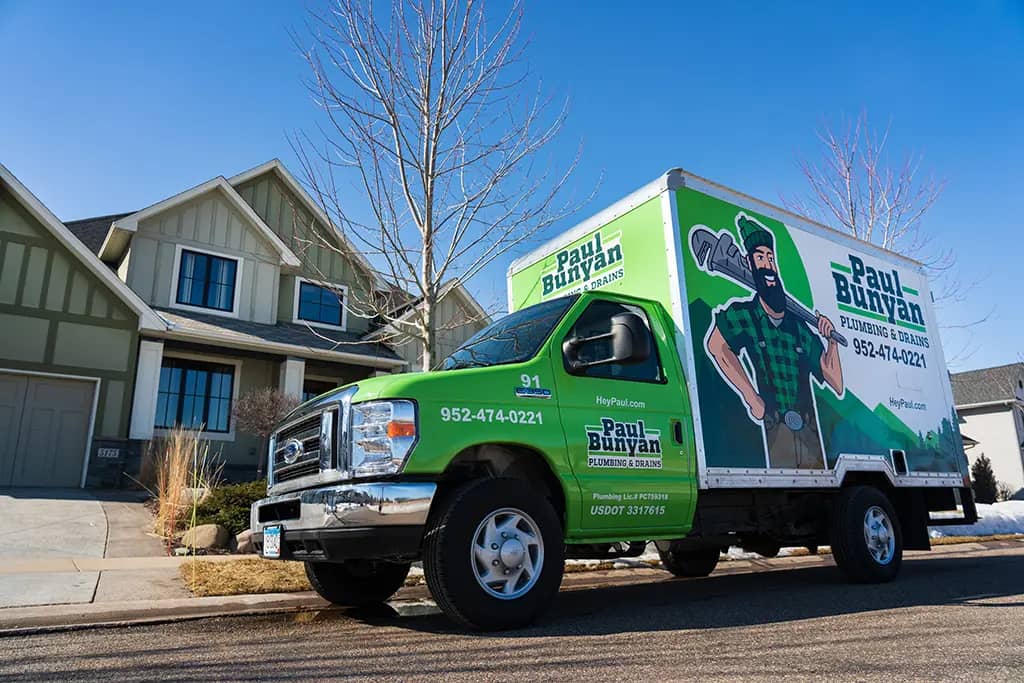You repair your lawn, your appliance, and your roof, but what about your pipes? Depending on the type of pipes your home has, they can last between 40 to 100 years. However, overuse and regular wear and tear can sometimes shorten the lifespan of pipes. Just like you keep an eye on other parts of your home, it’s essential to watch your pipes. Regular maintenance and inspection from a professional plumber will help you catch onto the warning signs early on that you need pipe replacing. But, you also want to be able to be on the lookout for yourself.
In this blog post, we outline the top signs you should watch out for that might indicate you need to replace your pipes.
1. Water Leaks
There doesn’t necessarily need to be a crack in your plumbing pipe for a leak to occur. A loose connection between plumbing pipes can result in a leak. Many leaks start out small, with a little bit of water coming out of the pipes. But, if left unaddressed, this small leak can turn into a large one. The constant exposure to water pressure magnifies the problem.
As soon as you suspect a water leak in your pipes, call a plumber. Sometimes, they can repair your pipes without having to replace them. They will inspect your pipes and advise which is the best route to take. A quality plumber will never recommend pipe replacement when repairs are an option.
2. Cracks
A crack in your pipes is quite easy to spot. You can take a look at the pipe and see water coming out through a break when the water is turned on. If the pipe is hidden underneath a floor or behind a wall, it’ll still be relatively easy to spot. Water will start to soak into the floor or the wall, causing damage, and capturing your attention. Never ignore these warning wet spots in your home. If you ignore them, they can cause structural and foundational damage to your home. This can have serious, long-term consequences for your home. Additionally, water leaks can result in mold growth. Mold is very dangerous, even fatal, to breathe in, so you want to avoid it at all costs.
As soon as you suspect a crack, call a plumber. Unfortunately, a break often means you will need a full pipe replacement. However, when you compare that to the potential consequences to your home, if you left the water damage unaddressed, it’s definitely the cheaper and safer option.
3. Corrosion
Pipe corrosion shows itself with pipe clogging. If your pipes always seem to be clogging up, first have a discussion with your household members. Are they putting anything other than toilet paper down the toilet? Are they throwing cooking oil or food scraps down the kitchen sink? If the answer is no, and you’re still experiencing regular clogging, the answer might be pipe corrosion.
When pipes start to corrode from the inside out, it causes clogging. In particular, galvanized steel pipes are very susceptible to corrosion. Once the corrosion begins, it’s guaranteed that pipe replacement will soon be necessary to have your plumbing working effectively again.
If you have clogging, whether you suspect corrosion or not, contact a plumber for an inspection. Either way, you have to get to the bottom of it and stop the constant clogging.
4. Low Water Pressure
Decreased water pressure could be a sign of a problem in your area. If the main water line on your street is experiencing problems, it can often result in low water pressure. On the other hand, having constant decreased water pressure in your home for several weeks in a row could be a sign you need pipe replacement. Your old pipes might not be able to perform anymore and deliver the water pressure you need. Call a plumber for an inspection so you can get to the root of the issue.
5. Discolored Water
No one wants to turn their faucets on and see yellow, brown, or cloudy water. Water that is discolored often has sediment floating around in it. This makes it harmful to drinks and unpleasant to use for cleaning.
One potential explanation could be your local water supply. Sometimes construction or bad weather can cause temporary issues with your water supply. Alternatively, it could also be a sign that your pipes have started to corrode or rust on the inside. As water travels through the rusty pipes, it picks up some of the rust and carries it in the water supply.
First, we suggest waiting a few days to see if your water clears up. If it does, then it was an issue with your local water supply that has likely been fixed. However, if the problem persists, you want to call a plumber right away. Make an emergency plumbing appointment and avoid drinking or bathing in the water until after the inspection.
6. Lead Pipes
We all know how dangerous lead plumbing pipes can be. Exposure to lead can cause slow growth and learning disabilities in children. It can also result in kidney problems, reproductive issues, and hearing problems in adults. Most people would be surprised to know that approximately 10 million homes in the United States still get their water through lead service lines. And, some homes out there still have lead plumbing pipes!
To be safe, schedule an inspection with a plumber to test if your plumbing system comes into contact with lead in any way. If the answer is yes, work with the plumber to see how you can resolve the problem as quickly as possible.
Paul Bunyan Plumbing & Drains in St. Paul, MN
Paul Bunyan Plumbing & Drains has been proud to serve the St. Paul, MN community for several years now. We offer no-contact plumber service calls so you can get the plumbing assistance you need quickly, safely, and efficiently. If you suspect an issue with your pipes, it’s in your best interest to get them checked out as soon as possible. Residents of St. Paul, MN, can book an appointment with us online.


